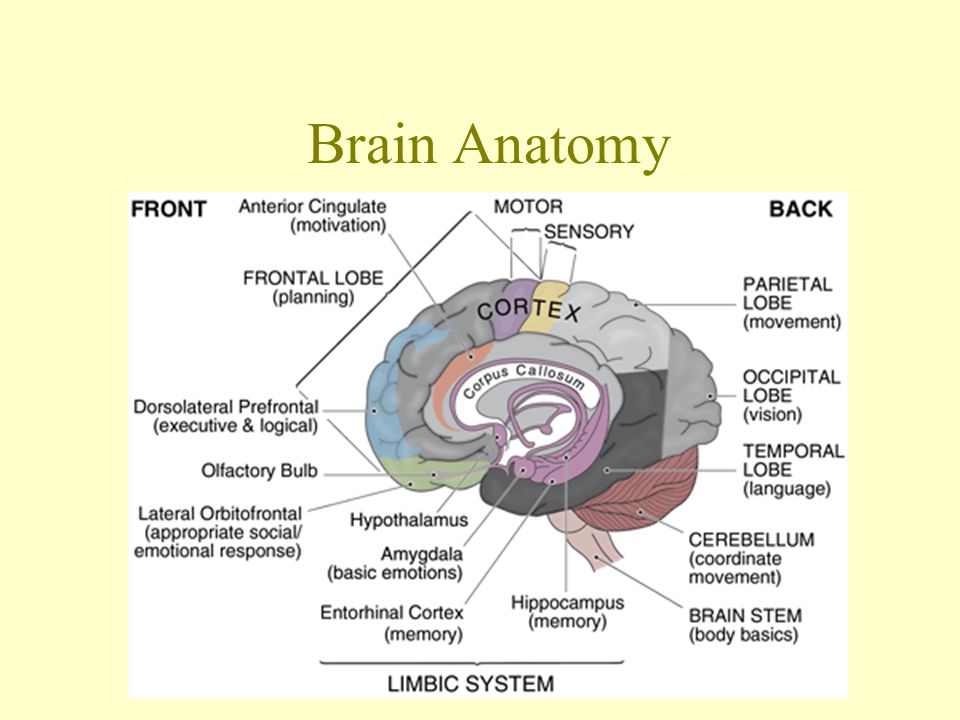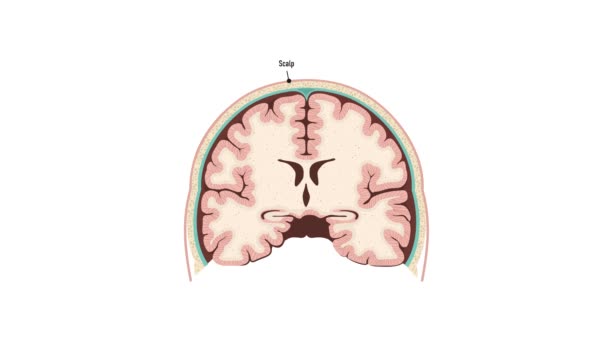
All these changes are essential for the development of coordinated thought, action, and behavior.Ĭhanging Brains Mean that Adolescents Act Differently From Adults

Nerve cells develop myelin, an insulating layer that helps cells communicate. Other changes in the brain during adolescence include a rapid increase in the connections between the brain cells and making the brain pathways more effective. This part of the brain is still changing and maturing well into adulthood. However, the frontal cortex, the area of the brain that controls reasoning and helps us think before we act, develops later. Scientists have identified a specific region of the brain called the amygdala that is responsible for immediate reactions including fear and aggressive behavior. Studies have shown that brains continue to mature and develop throughout childhood and adolescence and well into early adulthood. There is a biological explanation for this difference. Adolescents differ from adults in the way they behave, solve problems, and make decisions. At times, it seems like teens don't think things through or fully consider the consequences of their actions.

Many parents do not understand why their teenagers occasionally behave in an impulsive, irrational, or dangerous way.

Teen Brain: Behavior, Problem Solving, and Decision Making


 0 kommentar(er)
0 kommentar(er)
